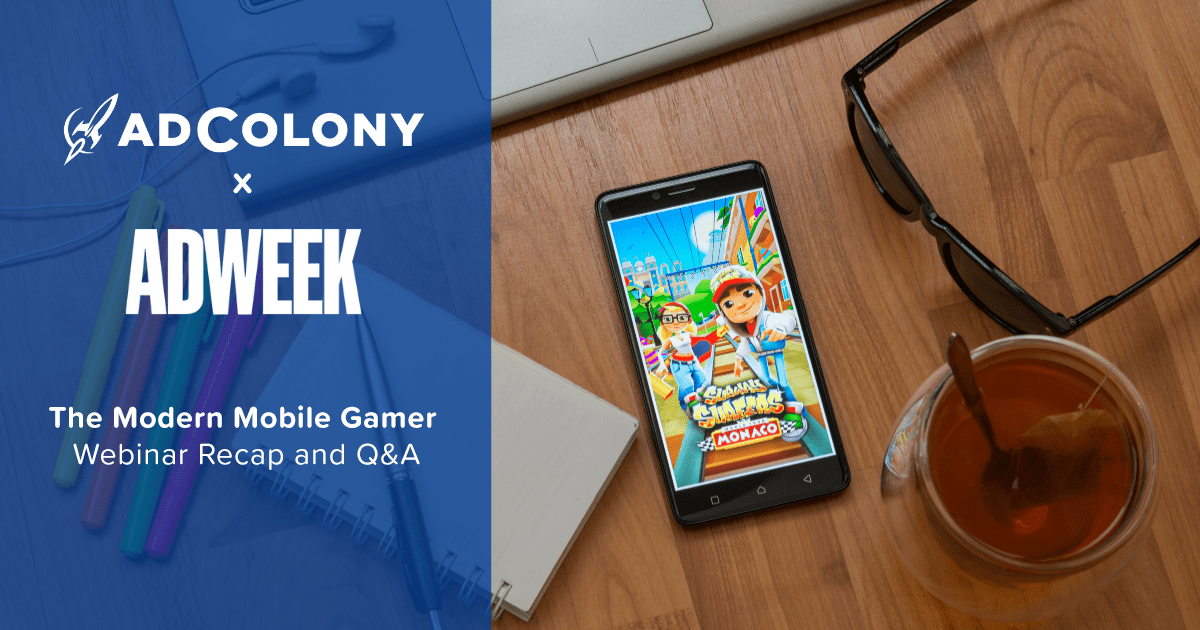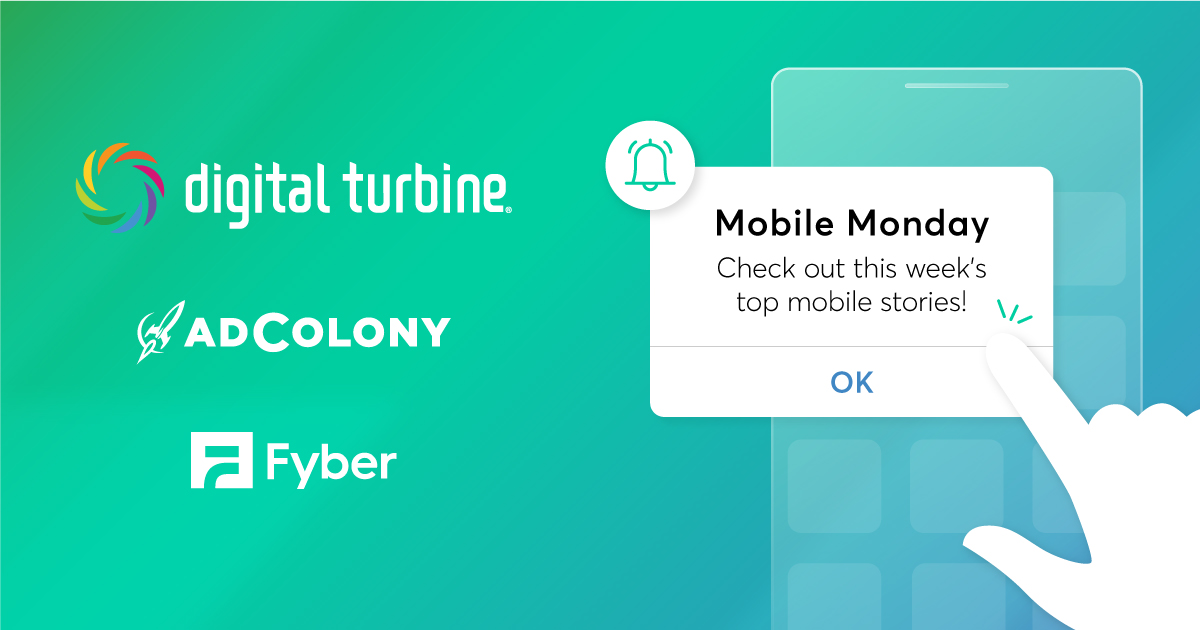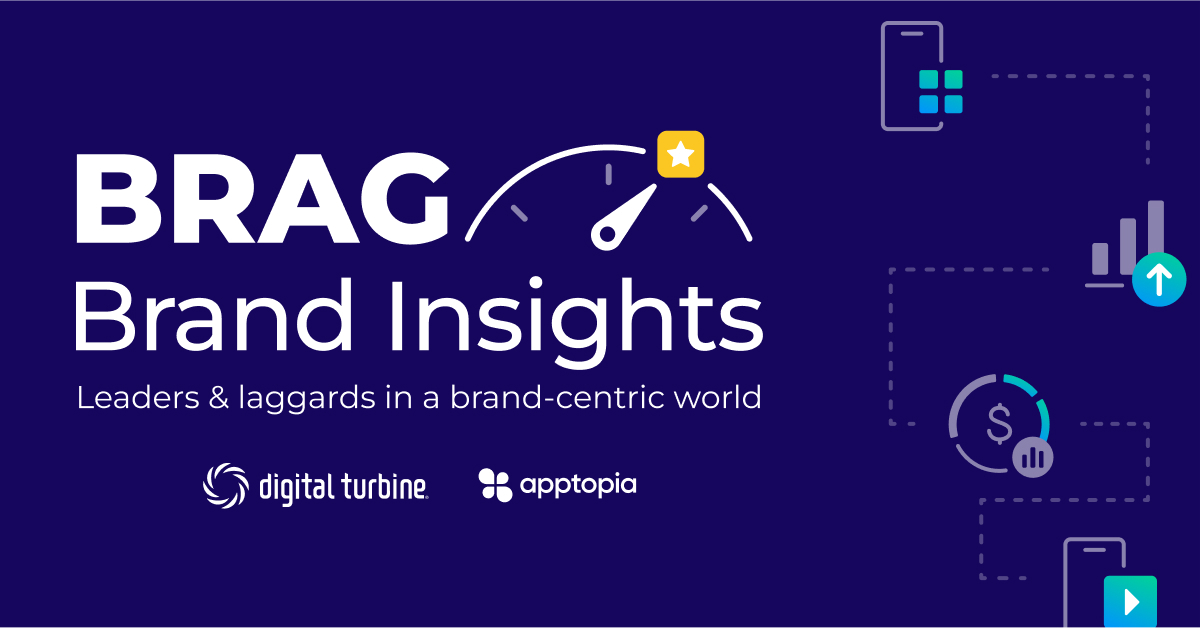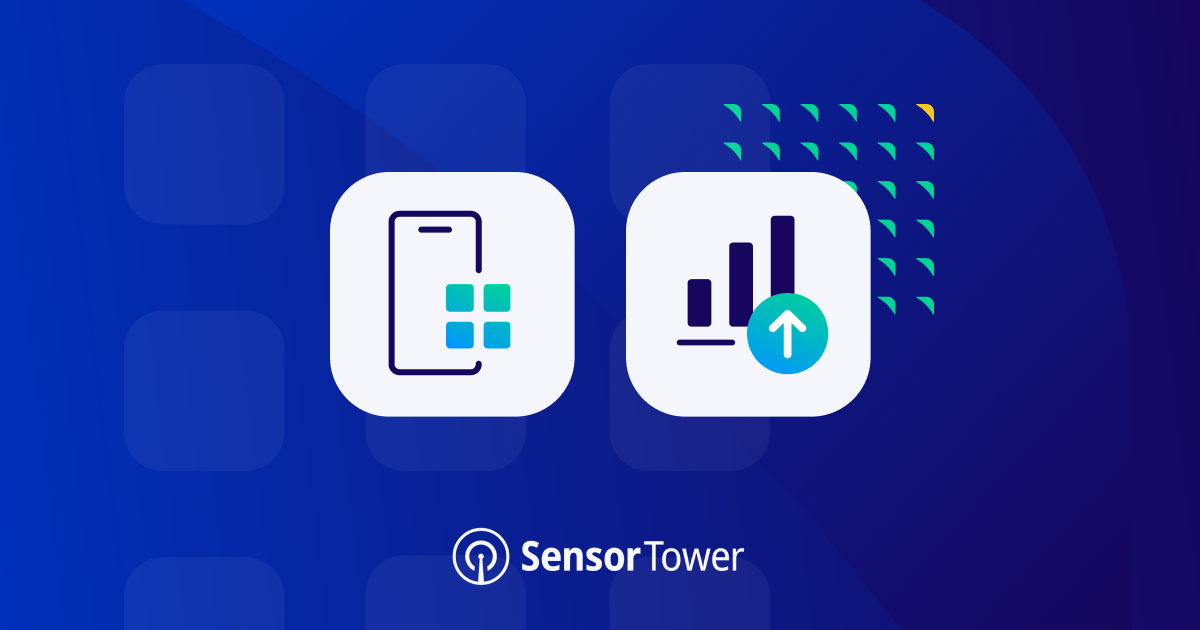Gaming is today’s primetime – and there has never been a better year than this one to prove it. Last week AdColony’s SVP of Strategy & Business Development Matt Barash dove into the results from our Modern Mobile Gamer: A Study of Everything report with DISQO. Hosted by Adweek, the overview of our study and 2020’s gaming trends was well-attended, and audience participation was off the charts! Time for a deeper dive…
With so many questions from the audience, Matt and Adweek custom publishing director Stuart Feil couldn’t get to every question, but we thought the questions were so great, we couldn’t leave everyone hanging. Check out our questions and answers below!
Are there any key differences in gaming behavior with different multicultural audience segments (i.e., African American, Hispanic, Asian American), or are we seeing the same trend across demographics?
DISQO helped us by keeping the sample of 1,200+ Americans as close to census data around race as possible, so we can assume that trends are more or less consistent. We did delve specifically into Spanish-speaking Americans, though. We have a more in-depth examination of those answers coming soon, but some highlights are:
- Spanish speakers are 47% more likely to be regular gamers who play at least once a week compared to non-Spanish speakers.
- Spanish speakers are overall 48% more likely to identify as gamers than non-Spanish speakers.
- Xbox, PlayStation, and Nintendo are incredibly popular among Spanish speakers who have higher ownership shares than the general population.
Talk to me about female gamers. I’ve seen a considerable peak, which is awesome.
Women are playing mobile games! The share of female versus male gamers differs by only a fraction (78% vs. 78.7%, respectively). In terms of frequency of play, 48.8% of female respondents indicated they were Committed Gamers, not far off from the 49.1% of males who indicated the same. Women even outpace men in Puzzle and Word games.
The findings on gamer demographics and playing time are fascinating. What is the source of these numbers?
These answers came from the study developed by AdColony and DISQO. The survey was distributed online to a nationally representative sample of DISQO Audience members within the United States via the SurveyJunkie platform, wholly owned by DISQO. Find more information about the methodology in the study itself.
Are you able to share the precise methodology on how the survey was conducted?
We’d recommend reaching out to DISQO, who can go over their full audience intelligence platform and opt-in data gathering for panel data.
Have you noticed different results in Europe compared to what is happening in America? Or we may say that mobile gaming is significantly growing in all geographies?
AdColony is proud to lead the industry in the amount of research we do in our active markets. The results from our study of American mobile gamers don’t differ hugely from the results we see in our other regions. Almost everyone is a mobile gamer. You can check out small snippets in our ongoing Under the Microscope blog series or dive deep with our Global Mobile Gaming Research 2020.
The second question is right on the money! No matter where you live, mobile gaming is growing rapidly and outpacing every other entertainment growth.
What can you tell me about the demographics of viewers who watch gaming competitions?
We haven’t explicitly delved into the esports side of things too in-depth, though it is on our radar! Mobile esports is still relatively small outside of some Asian markets, and it’s still a small audience compared to the broader mobile gaming demographic. We look forward to diving into this more in-depth next year, though.
We can direct you to NewZoo, however, because they put out excellent quarterly estimates on esports. Their latest revision shows that the global esports audience is about 495 million, including both occasional viewers and full-on enthusiasts. This audience’s growth should continue in the double-digits to 2023, where they project it to hit 646 million. It’s safe to say at these numbers; more demographics will be represented as the industry inevitably becomes less niche and more mainstream.
Do you have research on how people playing mobile games respond to advertising while playing games?
In our soon-to-be-released Brand Safety survey, we asked consumers where they prefer to encounter ads. 20% of respondents said they like to experience ads on mobile games over YouTube, Instagram, and Snapchat. Additionally, 31% said they had purchased a product or service after seeing an ad on a mobile game
We conducted an in-depth Consumer Sentiment Survey in 2019. According to data, 71% of respondents said they were happy or very happy after clicking on an ad in a gaming app. Respondents gave rewarded video ads the highest average rating as the most “acceptable” in-app ad type. Furthermore, The Modern Mobile Gamer report shows that an overwhelming 90% of consumers choose to watch an in-game ad for rewards overpaying money.
How can advertisers determine the games their target audience is actually playing?
That’s where we come in! AdColony is integrated with all major data partners who curate audiences based on your objectives and tie back to persistent device IDs. As a result, you will reach your desired audiences where they are present.
This process will change a little once Apple rolls out its changes to IDFA availability and opt-in, but opted-in audiences will continue to exist; they might be a little smaller. Fortunately, with AdColony’s 12+ years of experience optimizing campaigns and creative for the world’s largest brands, we’re confident our contextual targeting and intelligence, combined with non-intrusive, non-personal-information-based data signals from our partners, will result in continued advertiser success.
With more ads coming to mobile gaming and console gaming, how important is creating an in-game experience within that space/advertisement as opposed to just an interruption in the game? (Example: A Nike store inside of a mobile racing game)
Truly native ads and brand advertising within games is still a challenge, and something many developers don’t have time to implement without a substantial ROI. Individual developers doing the code, QA for hundreds (thousands!) of OS and device combinations, and so forth are very expensive! There are some platforms giving developers tools to make this easier, but it’s still early days.
Instead, one need look no further than the results from our study about rewarded video ads, which require no additional deals or work from the advertiser end — just working with the right mobile ad networks like AdColony. Rewarded video puts control of when the ad is viewed in the hands of the user. 90% of our survey respondents responded positively to rewarded video, which is in line with all the other research out there from Mary Meeker, the MMA and MediaMath, and our further research over the years.
Besides BMW, do you have any other examples/best practices of brands integrating themselves into mobile gaming beyond non-skippable pre-roll video?
We have lots of examples: You can see some of our best campaigns, many of which fall within that category in the Creative Showcase, and also see which ones were so creative and effective that they won awards for it.
Some of the best examples are when brands use rewarded video, otherwise known as value exchange. In those campaigns, we see ultra-high engagement because the user is essentially opting into the experience, vs. being “served” an ad that they don’t want. Having said that, creative use of interstitials can be nearly as effective and engaging because those full-screen experiences capture the user right in the middle of gameplay, but are respectfully placed as part of a break in the user flow, so the experience feels natural to the UX.
Additionally, we put together a report on 2020 Best Practices, using learnings from 2019 – that is an excellent reference to get an overview of what we recommend for brands.
Given the broad reach of the mobile gaming audience, how can we be sure our desired audience fits?
If there is one thing this survey confirmed, it is that mobile gaming is ubiquitous. The reason we called it The Modern Mobile Gamer is because today, in the modern era, there is no longer such a thing as a gamer and non-gamer. Everyone is a gamer. The overarching view of the study that we proved in the data is that gaming is common across generations, across ethnicities, across state and regional lines of the country, and across invisible socio-economic lines such as education and household income. So, if you’re looking to target a specific customer segment, you will, without a doubt, find that group contained within the larger group of American gamers.
What are the best practices for collecting email in mobile apps in order to connect with them outside of an app?
We asked Alex Ritchie, our Product Manager for Privacy and Data this one, as it’s a sensitive topic many brands with apps need to be aware of as privacy legislation is introduced, and platforms like Apple crackdown on user tracking without explicit permission.
“When collecting identifiable user data (such as email), it’s essential to ensure that you’re meeting three non-mutually exclusive areas of criteria,” said Ritchie.
“First, you want to make sure what you’re collecting and how you’re collecting it complies with all applicable privacy legislation (which will at least be applicable to where the user is located but may also include the legislation for where you’re storing/processing the data).
Second, you want to ensure that your data collection practices are in line with the Terms of Services for the Google and Apple App stores — in some contexts, the restrictions on collection imposed by the app stores are more nuanced than legal restrictions. They certainly warrant sitting down with a magnifying glass to go through the app stores’ ToS and developer guidelines, but good areas to start on are to make sure you’ve got a rock-solid understanding around requirements of consent for in-app tracking, potential restrictions concerning tying that email to other identifiers (such as a MAID), and for what use-cases you’re planning to use that email inside and outside of the app.
Third, you want to make sure that you’re transparent with the end consumer on exactly how their email will be used, and their core experience of your app shouldn’t change based on their preferences for how their email is being used, especially for marketing purposes. No great brand experience has ever begun with the thought “…how’d they get my email address?”
The best single piece of advice that Alex gave is that when you start having these conversations, at least three types of individuals should be in the room: your legal counsel, your marketing, and your engineers. Your marketing should be able to communicate the value of what you want to do, your legal counsel should tell you whether you should do it and the questions you need to ask in order to do so, and your engineers should have the answers to your counsel’s questions.
Want to learn more about gamers and their console preferences? Download the full report! The Modern Mobile Gamer Report has data on rewarded video, chart-topping game genres, who identifies as a gamer, and much more!
View the Webinar
Ready to check out the entire webinar? You can peruse all of Adweek’s webinars over at their Webinar page. Matt’s webinar, specifically, can be found here. You can download the full presentation here!
About the Study
The survey was developed by AdColony and DISQO and distributed online to a nationally representative sample of DISQO Audience members within the United States via the Survey Junkie platform, wholly owned by DISQO. The survey was taken on both desktop and mobile devices, garnering a total of 1,208 responses over a fourteen-day period in Q2 of 2020. As each respondent was a member of DISQO’s 100% first-party opt-in research audience, responses were verified against fraud and were compiled against known and validated demographic information, enabling a rich, cohorted analysis by age, gender, education level, household income, and more.
Join the Conversation
Any more questions about mobile gamers? Tweet us at @AdColony. For the latest AdColony mobile news and updates, follow @AdColony on Twitter, like us on Facebook, or connect on Linkedin.
- Effectively Scaling Apps – The Myth of the Whale Busted - May 17, 2022
- How to Maximize and Optimize Engagement in Your App - May 5, 2022
- Offer Walls for App Monetization: Everything You Ever Wanted to Know - April 14, 2022



